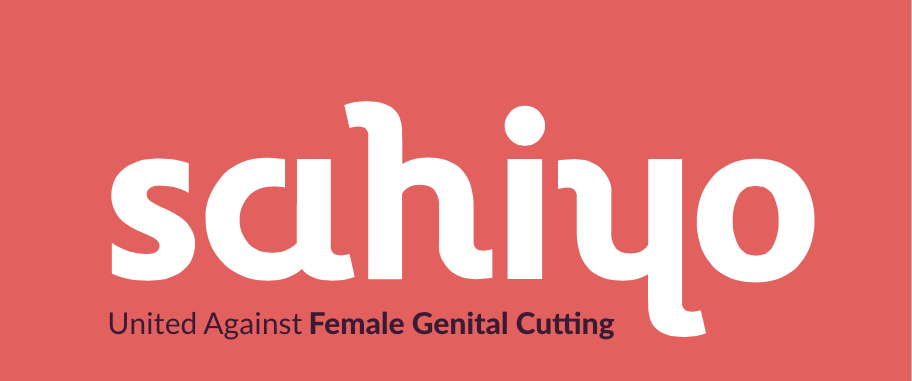This blog is part of a series of reflective essays by participants of the Voices to End FGM/C workshops run by Sahiyo and StoryCenter. Through residential and online workshops on digital storytelling, Voices to End FGM/C enables those who have been affected by female genital mutilation/cutting to tell their stories through their own perspectives, in their own words.
By Anonymous
I’ve been speaking about female genital mutilation (FGM) and what my experiences have been for a while now. But taking part in the Voices to End FGM/C online workshop allowed me to focus on something other than the experience of my FGM. Instead, it made me look closer at what it means to live with it every day, and how being privileged enough to having had it done under medical conditions so that there is no physical scarring means that my pain, my trauma, can be dismissed and brushed aside by others so very easily.
It was really cathartic–it always is–to speak or write about my FGM experiences. I deliberately use the term FGM because to differentiate it, to call it FGC, feels as though I’m trying to rationalise or to convey that what was done to me was not mutilation. It was mutilation. It was not just cutting. I was mutilated by the people I loved most, my parents, my wonderful, kind and still beloved doctor, and my community. I trusted them to protect me, and they, without meaning to, because I accept that they didn’t know, didn’t think of what they were doing as mutilation, hurt and traumatised me. I’m in my forties now, and I am still dealing with the hurt they caused me at seven.
I have really appreciated, even enjoyed the process of seeing my story come alive through the efforts of the brilliant artist illustrating my story during this workshop, and the excellent team that’s made this possible. Stories matter. We matter. Our pain needs to be shared so that hopefully, someone else is spared this trauma.
What I found most inspiring was listening to the webinars and hearing other women talk about their own stories. The silence around FGM/C is one of the greatest ways of allowing this trauma to continue. Breaking that silence gives those of us who have moved from being deniers, to victims, to survivors, and now, with this public conversation, warriors, the releasing of our demons. I know there’s disquiet about the use of the word warrior, the connotation of violence around it can be troubling, but to me, it fits. I am the warrior. In yoga, the warrior pose allows one to feel centered and strong. I am strong and centered now, and I, like the warriors of ancient Greece, am one who is steeped in experience and hard-won wisdom.
Learn more about the Voices project here.







